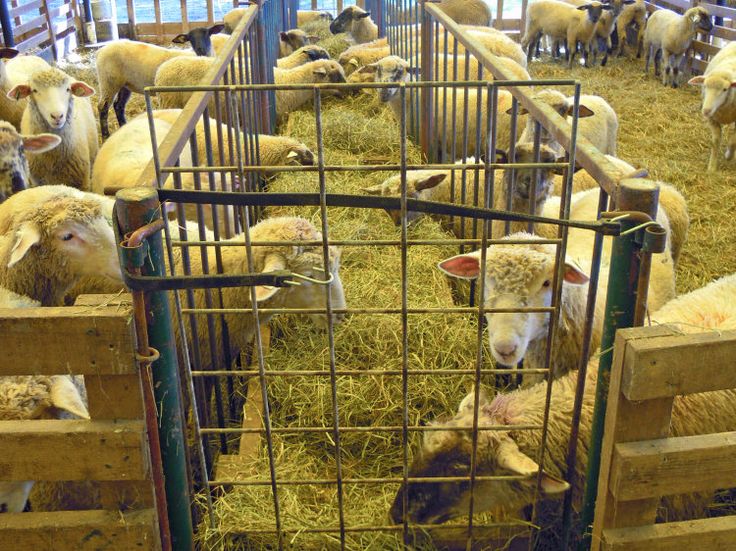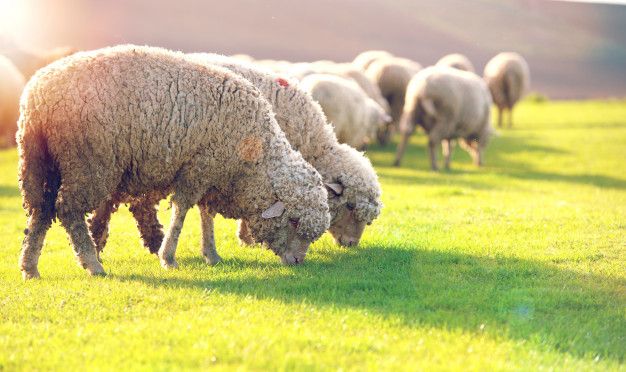If you’re getting serious about sheep farming, one of the best things you can do for your flock is to create a solid flock management plan. Trust me, having a plan in place makes everything smoother, from breeding to health care. So, let’s dive in and get you set up!
What Is a Sheep Flock Management Plan?
First things first: what exactly is a flock management plan? It’s essentially a roadmap for how you’ll care for your sheep. This includes everything from feeding and health checks to breeding schedules and record-keeping. Think of it as your flock’s “game plan”!

Step 1: Set Your Goals in Sheep Flock Planning
Before you start jotting things down, take a moment to think about your goals. Are you raising sheep for wool, meat, milk, or maybe a mix? Your goals will guide your decisions and shape your management practices. For instance, if wool production is your focus, you’ll want to pay special attention to breed selection and shearing schedules.

Step 2: Know Your Flock
Get to know your sheep! Keep a detailed record of each animal, including their age, breed, health history, and breeding status. This will help you make informed decisions about feeding, breeding, and health care. You can use simple spreadsheets, or even apps designed for livestock management—whatever works best for you!

Step 3: Nutrition and Feeding Plan
As we chatted about in the previous post, nutrition is key. Create a feeding schedule that includes forage and any supplementary feed you’ll provide. Make sure to factor in special needs for pregnant ewes or growing lambs. Regularly assess their body condition and adjust the feeding plan as necessary.
On a similar note, at Kimd Group Companies, we support beginner farmers by offering tailored business proposal writing services and design plans for various animal capacities. Whether you’re just starting out or looking to expand, we provide the resources and expertise to help you succeed in the farming industry.
Step 4: Health Management
Keeping your flock healthy is a top priority. Outline a health management plan that includes routine vaccinations, deworming schedules, and regular health checks. Don’t forget to keep an eye out for any signs of illness! Early detection can make a world of difference.
Step 5: Breeding Schedule
If you’re breeding sheep, a breeding schedule is crucial. Decide when you want to breed your ewes, and plan accordingly. Keep track of breeding dates and expected lambing times. This will help you prepare for the arrival of those adorable little lambs and ensure they get the best care right from the start.
Step 6: Record Keeping
Good record keeping is your best friend in sheep farming. Whether you prefer pen and paper or digital records, keep track of everything from feeding logs to health checks and breeding records. This will help you spot trends, make informed decisions, and keep your flock thriving.
Step 7: Review and Adjust
Finally, don’t forget to review and adjust your plan regularly. Farming isn’t static; things change, and so will your flock’s needs. Take time every few months to assess what’s working and what needs tweaking. Be flexible and willing to adapt as your flock grows and changes.

Conclusion: Your Flock’s Success Starts with a Plan
Creating a flock management plan might seem like a big task, but trust me, it’s worth it! With a solid plan in place, you’ll be better equipped to manage your flock effectively and ensure their health and productivity.
